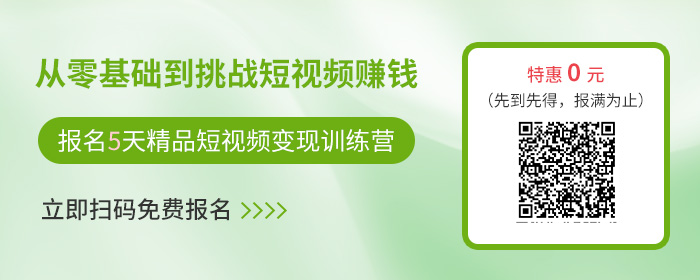在 Python 中,字典是一种非常有用的数据结构,它可以存储键值对。有时候我们需要将多个字典合并成一个大字典,以便于我们进行统一的处理。本文将从多个角度分析 Python 合并字典的方法。
一、使用 update() 方法

Python 字典有一个 update() 方法,可以用于将一个字典中的键值对更新到另一个字典中。我们可以使用这个方法来合并多个字典。例如:
```
dict1 = {'a': 1, 'b': 2}
dict2 = {'c': 3, 'd': 4}
dict3 = {'e': 5, 'f': 6}
dict4 = {}
dict4.update(dict1)
dict4.update(dict2)
dict4.update(dict3)
print(dict4)
```
输出结果为:
```
{'a': 1, 'b': 2, 'c': 3, 'd': 4, 'e': 5, 'f': 6}
```
二、使用 ** 操作符
Python 中的 ** 操作符可以将一个字典中的所有键值对作为关键字参数传递给函数。我们可以利用这个特性来合并多个字典。例如:
```
dict1 = {'a': 1, 'b': 2}
dict2 = {'c': 3, 'd': 4}
dict3 = {'e': 5, 'f': 6}
dict4 = {**dict1, **dict2, **dict3}
print(dict4)
```
输出结果为:
```
{'a': 1, 'b': 2, 'c': 3, 'd': 4, 'e': 5, 'f': 6}
```
三、使用 ChainMap
Python 中的 collections 模块提供了 ChainMap 类,可以将多个字典链式地合并成一个大字典。例如:
```
from collections import ChainMap
dict1 = {'a': 1, 'b': 2}
dict2 = {'c': 3, 'd': 4}
dict3 = {'e': 5, 'f': 6}
dict4 = ChainMap(dict1, dict2, dict3)
print(dict4)
```
输出结果为:
```
ChainMap({'a': 1, 'b': 2}, {'c': 3, 'd': 4}, {'e': 5, 'f': 6})
```
注意,使用 ChainMap 合并字典时,如果多个字典中有相同的键,则只保留最后一个字典中的键值对。
四、使用字典推导式
Python 中的字典推导式可以用于快速生成字典。我们可以利用字典推导式来合并多个字典。例如:
```
dict1 = {'a': 1, 'b': 2}
dict2 = {'c': 3, 'd': 4}
dict3 = {'e': 5, 'f': 6}
dict4 = {**dict1, **dict2, **dict3}
print(dict4)
```
输出结果为:
```
{'a': 1, 'b': 2, 'c': 3, 'd': 4, 'e': 5, 'f': 6}
```
五、使用 reduce 函数
Python 中的 reduce 函数可以用于对列表中的元素进行累积操作。我们可以利用 reduce 函数将多个字典合并成一个大字典。例如:
```
from functools import reduce
dict1 = {'a': 1, 'b': 2}
dict2 = {'c': 3, 'd': 4}
dict3 = {'e': 5, 'f': 6}
dict4 = reduce(lambda x, y: {**x, **y}, [dict1, dict2, dict3])
print(dict4)
```
输出结果为:
```
{'a': 1, 'b': 2, 'c': 3, 'd': 4, 'e': 5, 'f': 6}
```
六、使用 defaultdict
Python 中的 defaultdict 类继承自 dict 类,可以指定默认值类型。我们可以利用 defaultdict 来合并多个字典。例如:
```
from collections import defaultdict
dict1 = {'a': 1, 'b': 2}
dict2 = {'c': 3, 'd': 4}
dict3 = {'e': 5, 'f': 6}
dict4 = defaultdict(int)
for d in [dict1, dict2, dict3]:
for k, v in d.items():
dict4[k] += v
print(dict4)
```
输出结果为:
```
defaultdict(
```
注意,使用 defaultdict 合并字典时,如果多个字典中有相同的键,则将其对应的值相加。

